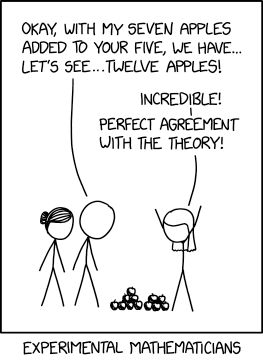The Ukrainian fantasy novel
Vita Nostra has been on my to-read list for a while ever since
![[personal profile]](https://www.dreamwidth.org/img/silk/identity/user.png) shati
shati described it as 'kind of like the Wayside School books' in a conversation about dark academia, a description which I trusted implicitly because
![[personal profile]](https://www.dreamwidth.org/img/silk/identity/user.png) shati
shati always describes things in helpful and universally accepted terms.
Anyway, so
Vita Nostra is more or less a horror novel .... or at least it's about the thing which is scariest to
me, existential transformation of the self without consent and without control.
At the start of the book, teenage Sasha is on a nice beach vacation with her mom when she finds herself being followed everywhere by a strange, ominous man. He has a dictate for her: every morning, she has to skinny-dip at 4 AM and swim out to a certain point in the ocean, then back, Or Else. Or Else? Well, the first time she oversleeps, her mom's vacation boyfriend has a mild heart attack and ends up in the ER. The next time ... well, who knows, the next time, so Sasha keeps on swimming. And then the vacation ends! And the horrible and inexplicable interval is, thankfully, over!
Except of course it isn't over; the ominous man returns, with more instructions, which eventually derail Sasha off of her planned normal pathway of high school --> university --> career. Instead, despite the confused protests of her mother, she glumly follows the instructions of her evil angel and treks off to the remote town of Torpa to attend the Institute of Special Technologies.
Nobody is at the Institute of Special Technologies by choice. Nobody is there to have a good time. Everyone has been coerced there by an ominous advisor; as entrance precondition, everyone has been given a set of miserable tasks to perform, Or Else. Also, it's hard not to notice that all the older students look strange and haunted and shamble disconcertingly through the dorms in a way that seems like a sort of existential dispute with the concept of space, though if you ask them about it they're just like 'lol you'll understand eventually,' which is not reassuring. And then there are the actual assignments -- the assignments that seem designed to train you to think in a way the human brain was not designed to think -- and which Sasha is actually really good at! the best in her class! fortunately or unfortunately .... but fortunately in at least this respect: everyone wants to pass, because if you fail at the midterm, if you fail at the finals, there's always the Or Else waiting.
AND ALSO all the roommates are assigned and it's hell.
Weird, fascinating book! I found it very tense and propulsive despite the fact that for chapters at a time all that happens is Sasha doing horrible homework exercises and turning her brain inside out. I feel like a lot of magic school books are, essentially, power fantasies. What if you learned magic? What if you were so good at it? Sasha is learning some kind of magic, and Sasha is so good at it, but the overwhelming emotion of this book is powerlessness, lack of agency, arbitrary tasks and incomprehensible experiences papered over with a parody of Normal College Life. On the one hand Sasha is desperate to hold onto her humanity and to remain a person that her mother will recognize when she comes home; on the other hand, the veneer of Normal College Life layered on top of the Institute's existential weirdness seems more and more pointless and frustrating the further on it goes and the stranger Sasha herself becomes. I think the moment it really clicked for me is midway through Sasha's second year, when
( spoilers )



